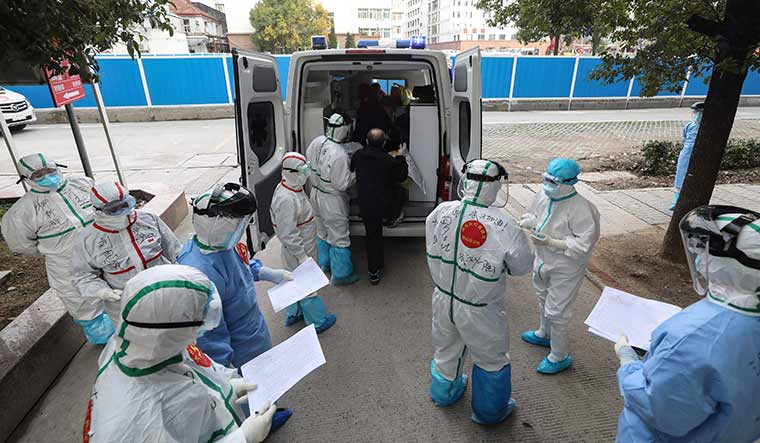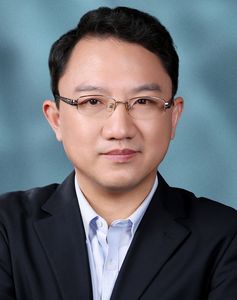During the Covid-19 epidemic, Chinese government departments, public hospitals and grassroots health institutions coordinated with each other to deal with the outbreak. As on November 13, 2022, 87.5 lakh people have been diagnosed with and 29,320 people have died of Covid-19 in China (including in Taiwan, Hong Kong and Macau). The incidence and mortality rate are low compared with other places. Notably, to deal with the outbreak, the Communist Party of China and the government have adhered to a dynamic zero-Covid policy.
China's public hospitals have played a big role in handling the disease. Public hospitals are mainly responsible for the treatment of infected patients and also for ensuring that normal medical services are not affected. At the same time, doctors and nurses in public hospitals are often transferred to support nucleic acid testing in key areas. This is done to reduce infection in the hospital; the medical staff take the patients' temperature, register them, show them the health code and inquire about their epidemic history.
After SARS, China's public hospitals have basically set up fever clinics, and patients with fever symptoms are treated in independent areas. They also spare no effort to save patients' lives. For severe patients, we mobilise the best doctors, the most advanced equipment, and the most urgently needed resources, and treat them at all costs to significantly reduce the mortality rate. Early intervention is crucial for patients in the initial stages of Covid.
Also read
- Medical landscape in India is changing post Covid
- How cancer screening and detection has changed since Covid-19
- How Apollo Cancer Centres are predicting and detecting cancers early
- Exclusive: AIIMS director Dr M. Srinivas on what makes it topper
- How India’s first shoulder-level hand transplant was done
- The art of performing complex surgeries
As for infrastructure, stadiums, museums, schools and other public places have been transformed into shelter hospitals where patients can be accommodated.
The learning never stops. The medical community continuously improves diagnosis and treatment plans. In the process of practice, research, exploration and summary, based on scientific cognition and evidence accumulation, we summarised and promoted effective diagnosis and treatment programmes, and developed and revised the ninth version of the Covid-19 diagnosis and treatment programme.
We also give full play to the unique advantages of traditional Chinese medicine, adhere to the combination of traditional Chinese and western medicine, and promote the use of both across the country.
―A PhD in economics, the writer is a researcher at the Center for International Knowledge on Development, China



